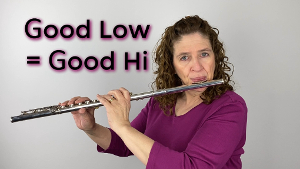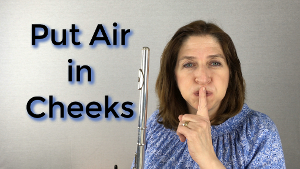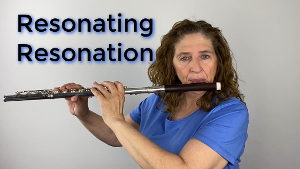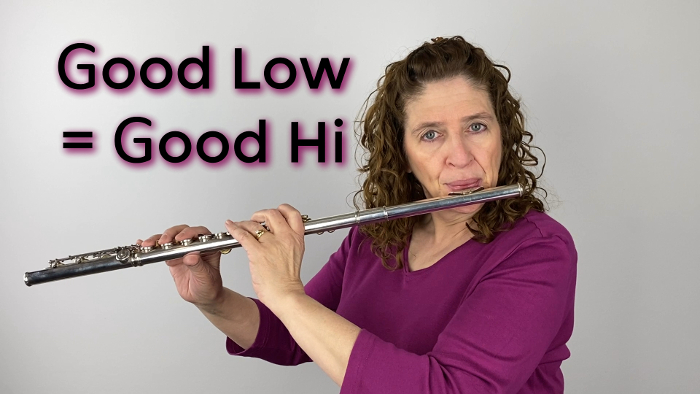You need to be thinking about your low register as the foundation for everything that comes above it. If your low register is thin and not filled out and rich, then your upper register is going to suffer.
There are some things that you can do to work on your low register and know that that is also helping your high register. Now, that does not mean that you can stop work at anything in the high register because your low register was nice and rich. You still need to be thinking about how you are playing and how your low register reaches that upper register, and even just taking the high register out all on its own.
Round & Full
But let’s just talk about the low register. So, what are some things that you can do to fill it out, to make it strong? Long tones, of course, down in that low register, just doing from B down to low C is a really good place to get started for building your low register. And what you are thinking about is how round and full can you make this low register. You are not thinking about playing softly. You want to fill it out, to make that low note really round.
You also want to think about:
The shape of your embouchure
Opening your jaw wider
Putting air in your cheeks
These are things that will help you make it rich and resonant and full.
You also want the sound to come from behind your sinus cavity. So, the back of your tongue should be down, and the roof of your mouth is arched up. This is how singers have the sound resonate. And then that sound can be rich and full all the way down.
Low to Middle to High
Now, if that is tenuous or if you crack a lot, or if it just does not stay there, you know that there is probably going to be something that is affected above it because that roundness, that fullness, that resonance can move into your upper register. This is why when you do long tones for the third octave, we actually start on middle B and we go up instead of always descending. Because if you can get a round full low register, then middle, then do long tones going up.
So, you keep what is full in the low, move it to the middle, and then take it higher.
Keep it really full. You are not trying to play really softly. There is a time and a place for doing your long tones with diminuendo and trying to play really softly. But right now you are not trying to do that. You are trying to get your high register to be rich and full and beautiful, just like your low register. So, you are going to work from a low note to a middle note as in those octave slurs, and then work to keep that resonance all the way up.
If you start with a good low note, you can match those registers and it becomes a beautiful sound that you can work with and build on all the way up.
A Word on Hearing Loss
If you are going to work your long tones in your third octave, wear ear protection so it does not damage your ears. You can just use those foamy things if you do not have real kind that allow sound in, but keep out the higher harmonics. If I am going to work in the third octave, I usually wear ear protection same as if I am playing piccolo.
So that is how you can fill out and strengthen and make your third octave be so much more resonant and beautiful. You start with a low register that is fabulous. That is the foundation that pushes up and holds up that third octave. Then you can make it just as glorious as your low register.
Have fun!
DoctorFlute
Watch me demonstrate this:
You Can’t Have a Good High Register Without Having a Really Good Low Register – FluteTips 172


Getting Spin on Your Third Octave Notes – FluteTips 171

Putting Air in Your Cheeks to Lower Your Pitch – FluteTips 32

Resonate to Improve Your Tone – FluteTips 178

